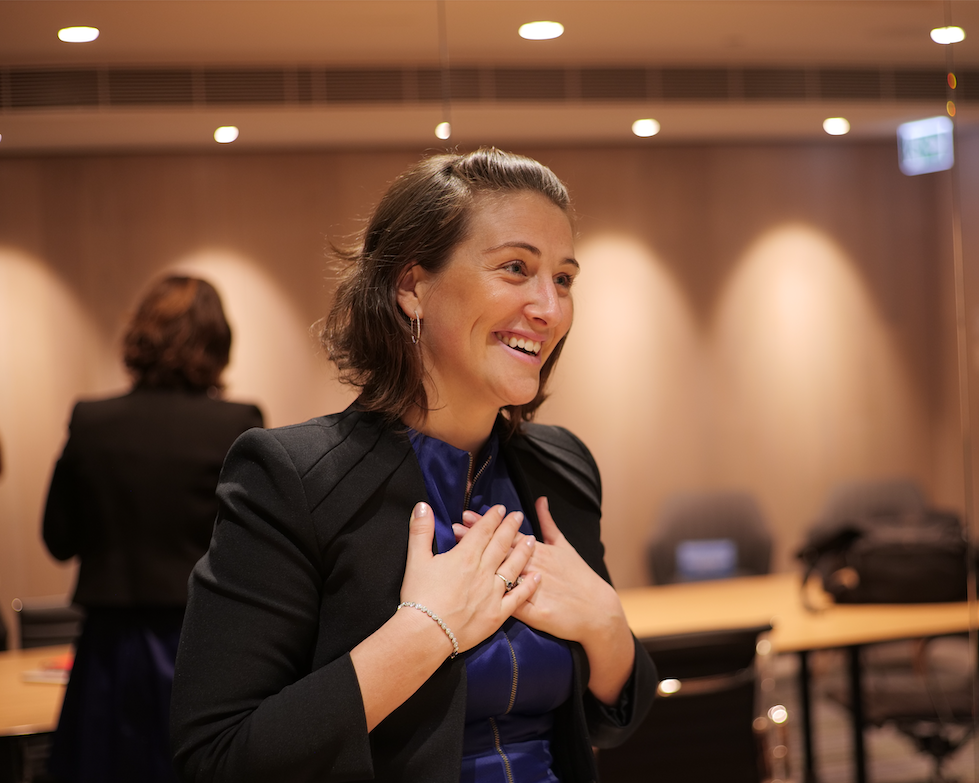Our focus on wellbeing this September has already taught us the importance of removing self-doubt and negative mind-chatter and building a more positive and resilient mindset.
But what happens when that negativity comes from outside of our own minds? When our environment includes those who seek to bring us down, and sow doubt in everything we do?
Well, at UEC this month we’re learning that controlling the noise within is as important as eliminating toxicity from our environments.
That’s not to say we should shun everyone who ever expresses doubt or disappointment. Far from it. It’s true that a pang of pessimism can strike anyone at any time, and in fact, those who suffer from chronic pessimism are more likely to be depressed themselves.
We’ve learned that those who constantly direct their disapproval at us – who use other individuals as verbal punching bags or projection screens, who seem to actually revel in gossip and complaining – add no value to our lives. Unfortunately, they can bring others down with them, as their negativity becomes infectious and their targets begin complaining about being targeted! It’s a vicious cycle, and one which can eat away at the inner peace we’ve been focusing on building.
More than that, these ‘haters’, as they’re often referred to, can have a significant impact on our personal development. Their fixation on, and inability to move past, perceived problems can stifle creativity, growth and self-confidence both within themselves and others.
Luckily, we’ve got a few tips to help ensure the negative, fixed mindsets of others don’t destroy our own inner peace. These include:
- Accept that ‘haters are gonna hate’. No matter how hard we try, how much positivity we try and exude and encourage, some people are just born to be Debbie Downers, and will always choose to view new things and experiences negatively. Don’t let them make it yours.
- Change how you respond to haters. Try not to engage in negative chat. Don’t feel like you have to simply agree with their gripes to appease or find an ‘out’ of the conversation. Simply remain calm, patient, positive and practical if need be, and don’t let their negativity become contagious. Be happy and aware of who you are, and learn to distinguish pointless pessimism from constructive criticism.
- Encourage others to find solutions. A Michigan State University study recently found that, while negativity in the workplace can harm productivity, suggesting solutions and ideas for improvement, on the other hand, can have a positive effect. Not only does this encourage natural-born pessimists to reroute their negativity into constructiveness, and develop new problem-solving skills, but it can also create a culture in which people may not feel so targeted when they or their work is criticised, as they understand that it’s what the business expects of their workforce as opposed to a personal attack.
- Don’t be afraid to raise it with HR. If all else fails, and negativity turns to outright nastiness, harassment and hostility, then it’s time to turn to management or human resources. Document examples, explain how they made you feel and how you believe they contravene business policies and let proper action take its course.
Need a little more motivation for your Monday? Below are five examples of people who definitely did not let the haters bring them down…
Five athletes who were told they’d never make it… but who then went on to forge greatness:
- Tom Brady. Generally regarded as the greatest NFL player of all-time, Brady has never forgotten that he had 198 players drafted ahead of him in the 2000 Draft. Many believed he was too slow, too unathletic, to make an impact in the League. One wonders what those same doubters would be saying now, with Brady still playing 20 years later after already winning a record six Super Bowls (from a record nine appearances), a record four Super Bowl MVP awards (and three regular season MVPs), and the most passing yards of all-time.
- Steph Curry. Before he was drafted with the seventh pick in the 2009 NBA Draft, Curry was told he was “too skinny, too small and below standard” and would have “little success” in the NBA. Currently one of the best players on the planet, he’s already a six-time All-Star, three-time Champion and two-time MVP (including when he was named the first-ever unanimous NBA MVP). Fair to say he didn’t let those doubters get him down…
- Stan Smith. A multiple Grand Slam winner, former World Number One and modern sneaker icon with his Adidas namesake, Smith is one of America’s most accomplished tennis players of all-time. But that came as a shock to some. As a young player, he applied for a job as a ball-boy but was reportedly rejected because officials thought he was “too clumsy”, and the other players at the Los Angeles Tennis Club avoided him.
- Misty Copeland. A ground-breaker and a hater-shaker, Copeland defied ballet norms and perceived barriers when she became the first African-American woman to be named principal ballerina at the American Ballet Theatre in 2015. A little curvier, older, and slightly shorter than the prototypical ballerina, she earned internet stardom with an Under Armour ad titled “I will what I want”, showcasing her drive to not only succeed but to prove doubters wrong in doing so. She’s certainly done that.
- Johnathan Thurston. An Aussie NRL legend, ‘Thursto’ – like Curry – was often rejected by scouts and team bosses alike as being “too small and too skinny, with problems in defence”. What they couldn’t see were his heart and his drive. A 17-year career in which he won almost everything the game had to offer – including a Premiership, four Dally M NRL Player of the Year awards and four Golden Boot International Player of the Year awards – proved that beyond any doubt.




